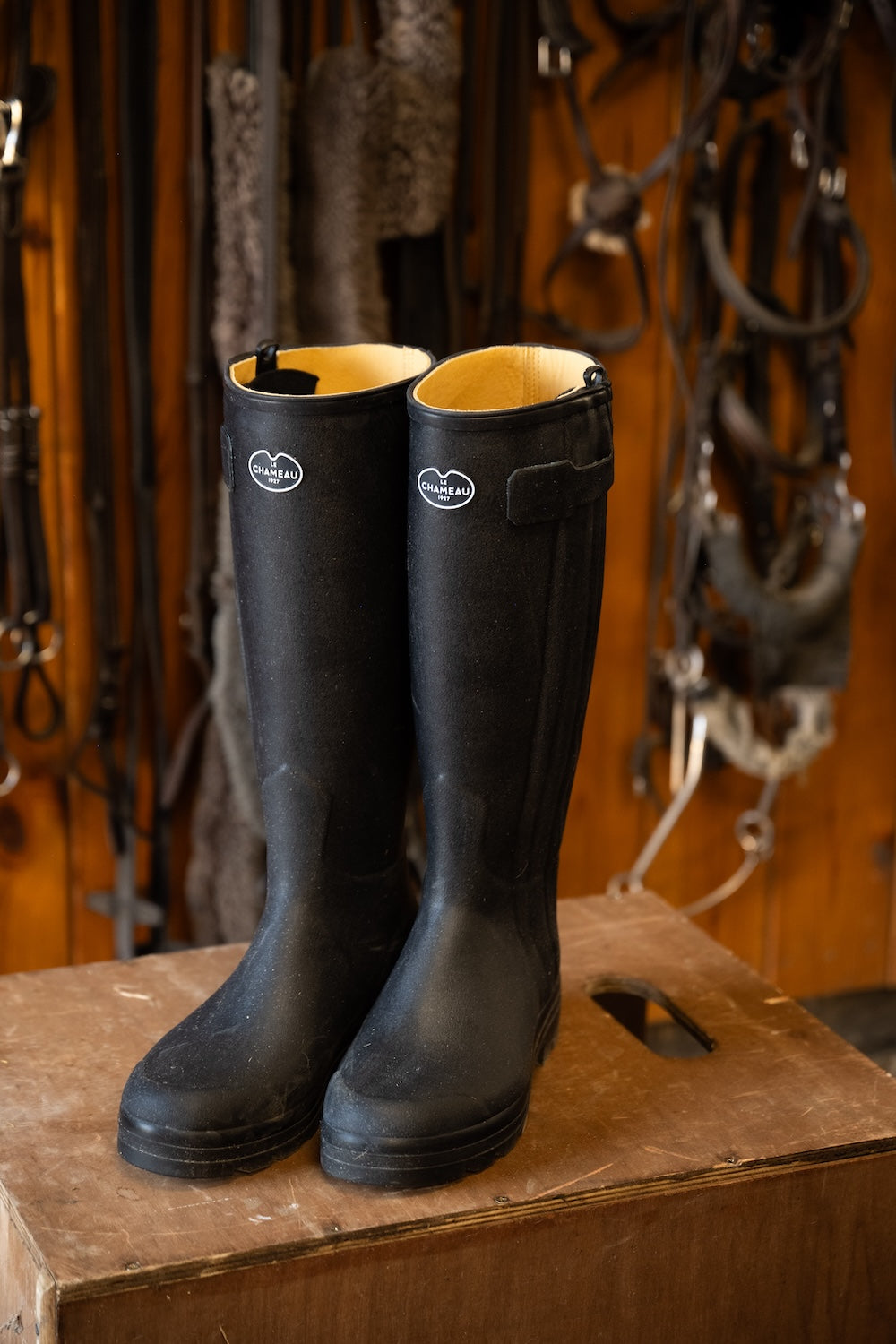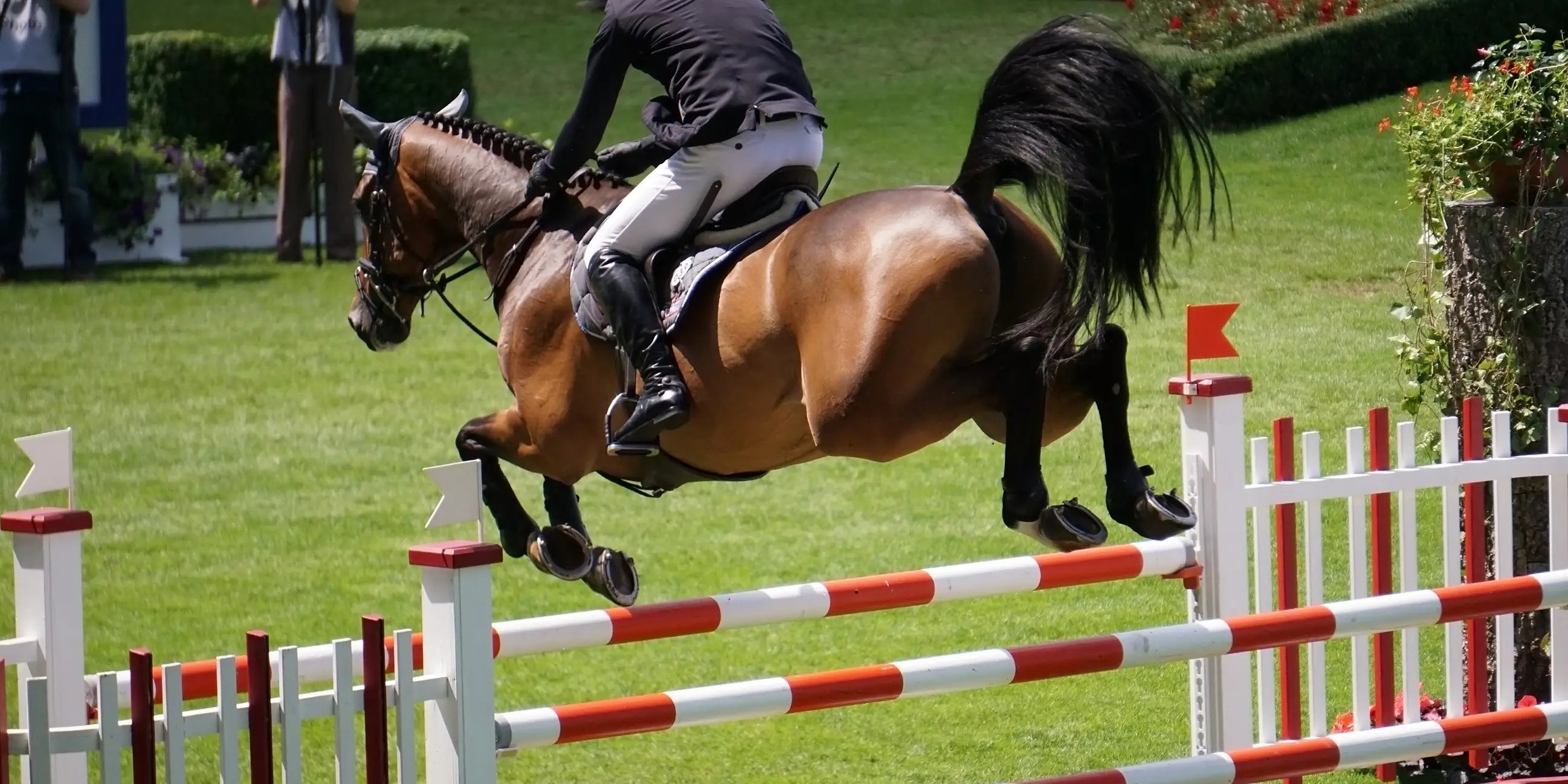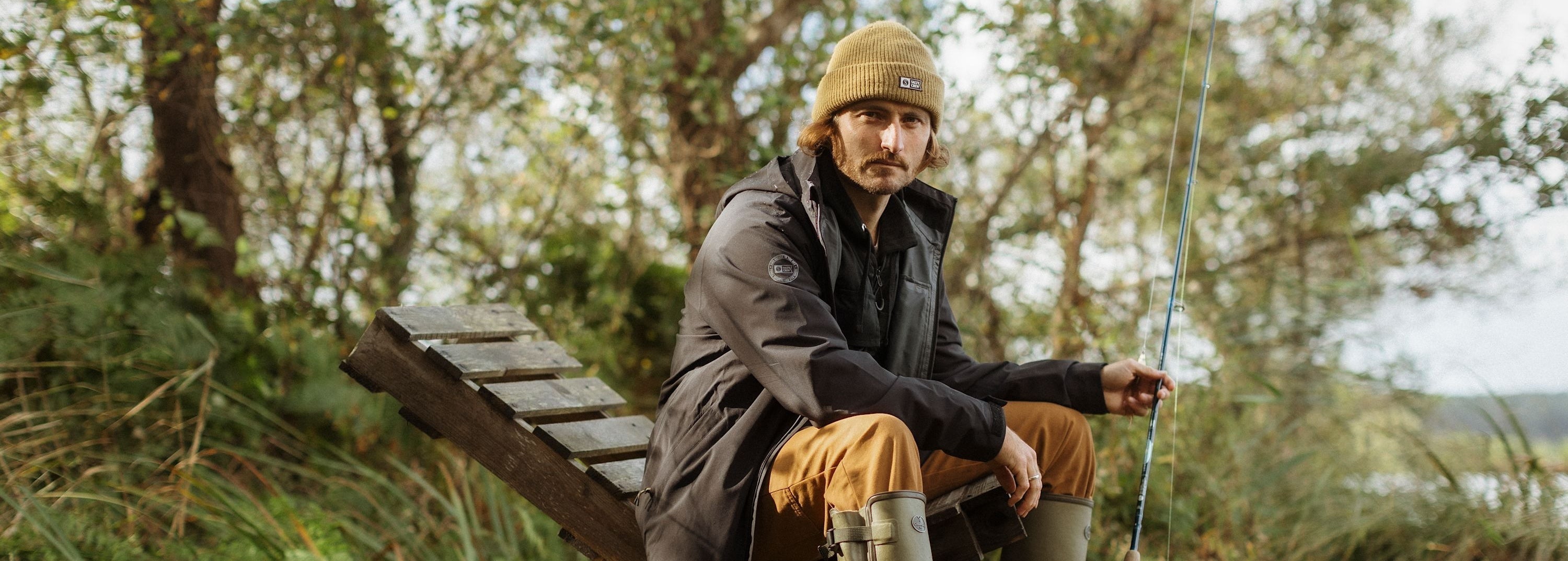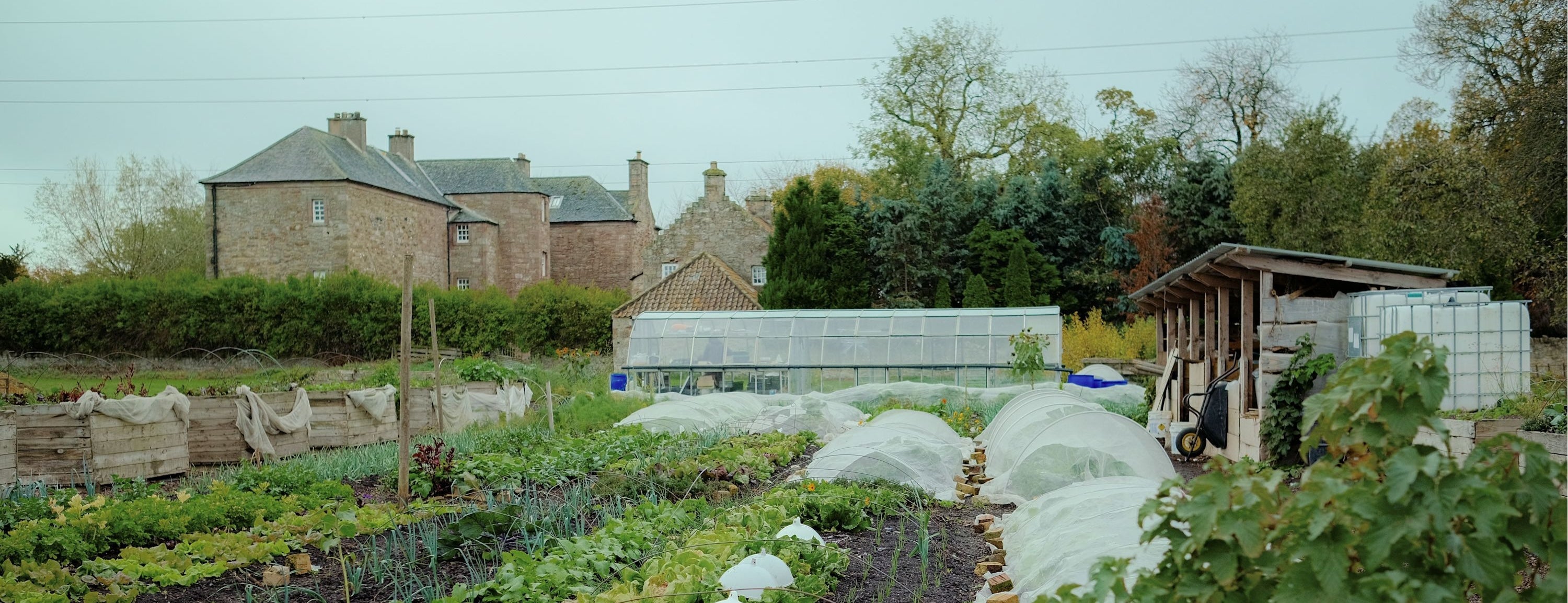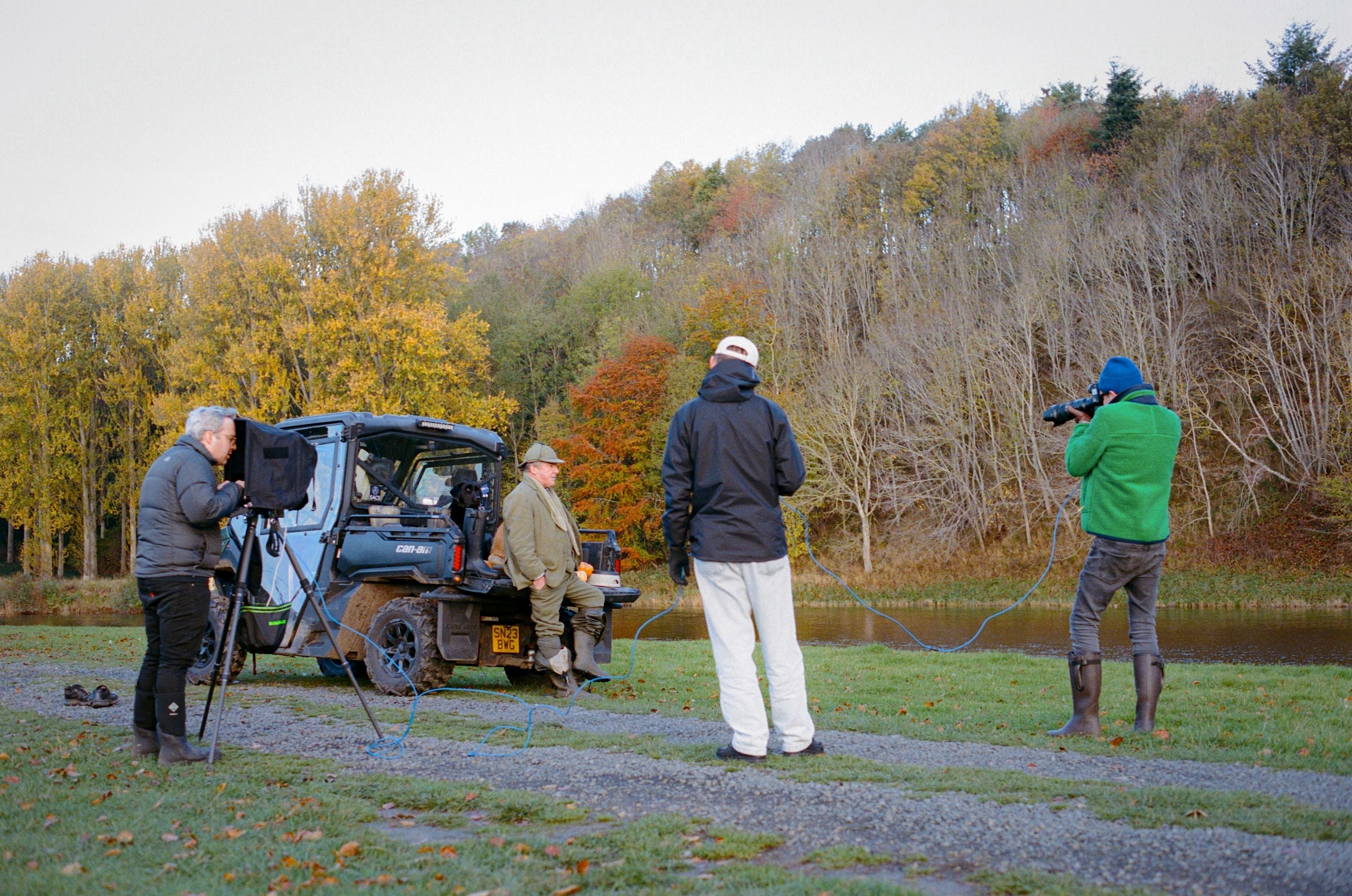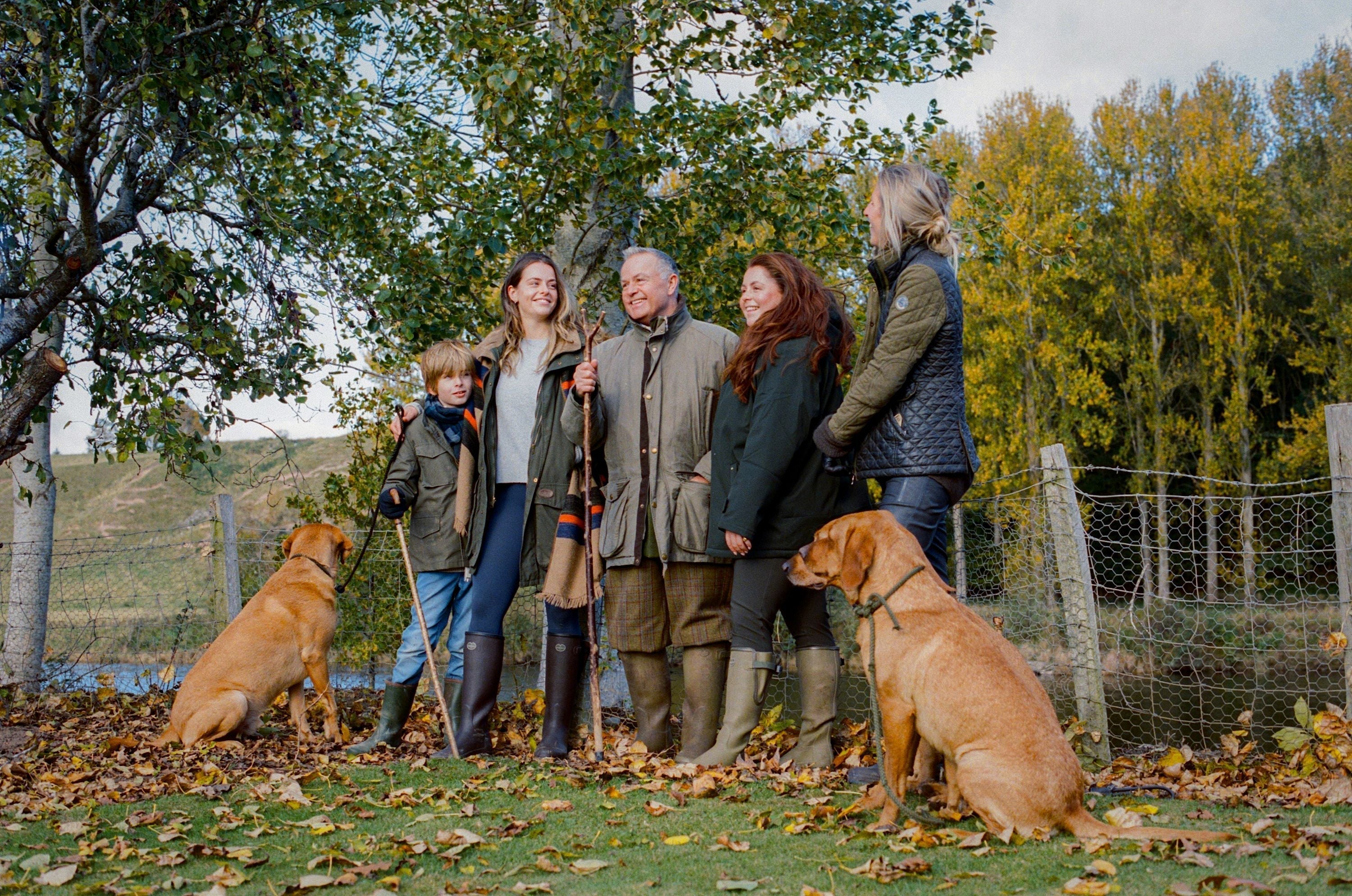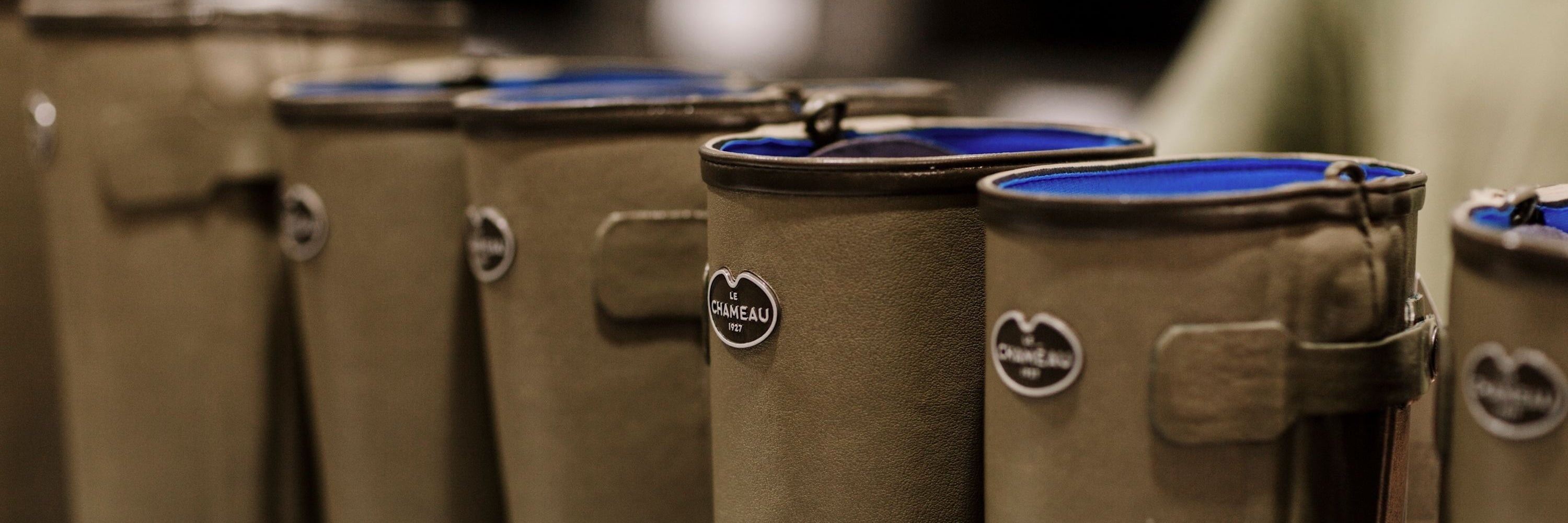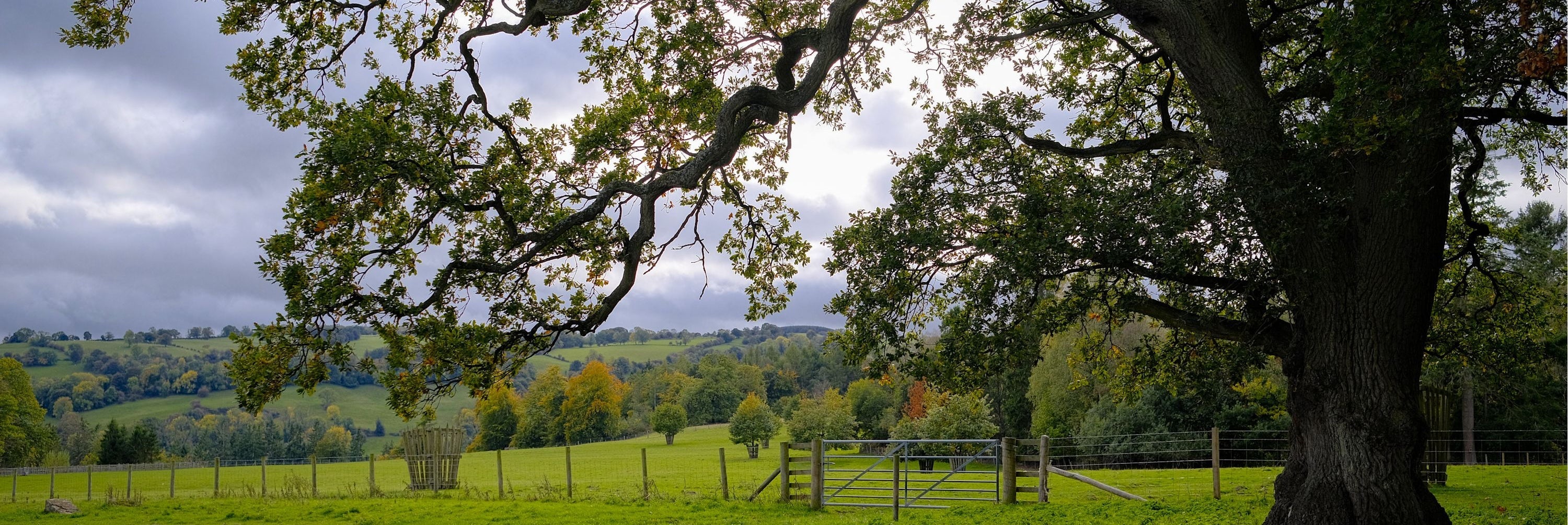
A brief guide to the horse trials
Ever wondered how horse trials work? Here’s an insight into the thrilling world of eventing, covering the disciplines, scoring and levels of competition while highlighting key events in the equestrian calendar.
The equine sport of eventing is widely regarded as the ultimate all-round test of horse and rider. Combining three ‘phases’ – dressage, cross country and showjumping – ‘horse trials’, as they are often known, demand a medley of qualities and see men and women compete alongside each other across various levels.
In the UK, the eventing season runs between March and October. And, depending on the level of the competition, horse trials may span one, two or three days. In the three-day events, such as those which make up the ‘Rolex Grand Slam of Eventing’ – namely Badminton Horse Trials, Burghley Horse Trials, and the Kentucky Three-Day Event in the USA – each discipline typically has its own day. One-day events (also known as ODEs) still include the three phases but usually in a different order.
In this guide, we’ll explore those disciplines in more detail, look closely at how they are scored, and touch on the levels and classes in horse trials in general. But first, a little background information to set the scene...
A brief history of eventing
It is thought that an eventing competition that very loosely resembled the sport in its current form was first held in 1902, in France. Ten years later, at the Stockholm Games in 1912, eventing featured for the first time at the Olympic Games. Back then, only men (and horses) in active military duty were welcome to compete, and the format was very much designed to test the fitness and abilities of those in the cavalry, who might be on parade one day and galloping across rough terrain the next.
It was several decades later that, after attending the Summer Olympics of 1948 in London, the 10th Duke of Beaufort decided that eventing was the perfect training ground for foxhunters and subsequently held the very first Badminton Horse Trials in 1949. It became a yearly calendar fixture and paved the way for other such horse trials around the country.
By 1952, civilian men were able to compete in Olympic eventing, and by 1964 women were competing, too. Eventing continued to evolve and, fast-forward a few decades, what many consider the ‘professional era’ of the sport began; in 1984, the IOC opened the Olympic Games to professionals.
Perhaps the greatest change, however, came in 2004, when eventing switched from the ‘classic’ or ‘long’ format to the ‘short format’, which removed the endurance aspect and placed all three elements – dressage, cross country and show jumping – on an equal basis. The move split opinion and shifted the emphasis of eventing away from ‘completion’ and towards ‘competition’.
Levels and classes in eventing
Eventing is split into national and international levels of competition.
There are 10 national classes, ranging from ‘BE80’ to ‘Advanced level (A)’. International classes range from CCI1* to CCI5*; the latter is the highest level at which the most advanced horses and riders compete.
Interestingly, the level of competition one can enter depends entirely on the experience and grades achieved by the horse – i.e. a horse must achieve a certain grade before it can enter higher-level competitions. As a result, amateurs may find themselves competing against the very best in the world. For more information on levels and grading, we recommend visiting the British Eventing website.
What are the different disciplines at horse trials?
There are three disciplines that every horse and rider must partake in when eventing: dressage, cross country, and showjumping.
Dressage always comes first and sees horse and rider perform a series of set movements in a rectangular arena.
A dressage test in eventing is pre-determined and will follow a set order that horse and rider must learn beforehand. The complexity of movements to be performed will depend on the level of competition. As an aspect of eventing in general, it is characterised by precision and elegance, rhythm and communication, and an excellent level of technical control and obedience.
Cross country requires a different skillset entirely and is regarded by many as the most exciting of the three phases. Courses vary but all involve a variety of fences that competitors must negotiate. Run on grass, this phase also entails jumping into or running through water features, and negotiating steps and ditches. The length and difficulty of the course, and the pace which you are expected to match, becomes more demanding as you rise through the levels. The aim is to negotiate every obstacle in the optimum time, which is pre-defined. Bravery, stamina and jumping ability are key here.
Showjumping is the final phase in a three-day event and combines athleticism with accuracy. It might be held on grass or in an arena. Within the allocated time, horse and rider must jump a sequence of fences without knocking them down. Ultimately, the aim is to jump all the fences in order without knocking down any poles and incurring penalty points. The height of the jumps will differ depending on the event and level of competition. Badminton is a CCI5* event, for example, where jumps will be 1.30m high.
So, to summarise, a good eventing horse must be quiet, obedient, relaxed and flamboyant for the dressage; super-fit and brave for the cross country; and careful, agile and accurate for the showjumping. It's a big ask. It’s a great test. And it makes for quite the spectacle.
How is eventing scored?
In dressage, each movement is given a score out of 10 by a panel of judges, with an additional mark out of 20 for ‘overall impression’. An average is then taken from the judging panel’s scores and expressed either as a ‘penalty score’ or as a percentage which alludes to the performance of each competitor. The former is simply the difference between the percentage score and 100. Simply put, the aim is to achieve the highest percentage score or the lowest penalty score possible.
In cross country, going too fast or too slow incurs penalties, as does failing/refusing to go over a fence, and ‘circling’ between different elements considered part of the same obstacle. Unlike in dressage, it is possible to score zero penalty points in the cross country phase. It is also possible to be eliminated from competition altogether if the threshold for refusals – which varies through the levels – is passed.
In showjumping, horse and rider can avoid penalties entirely if they clear all fences in the correct order at the first attempt and within the time limit. In this phase, penalties are most often received due to knocking down poles, refusing to jump, circling at an obstacle, disobedience on the course, falling, and exceeding the time limit. Again, elimination is a possibility if the set threshold for refusals is passed.
Key calendar fixtures | Horse trials in the UK in 2024
The UK’s equestrian calendar is packed with eventing fixtures and horse trials. Here is a list of just a few of those events.
8–12 May – Badminton Horse Trials, Gloucestershire
17–19 May – Chatsworth International Horse Trials, Derbyshire
23–26 May – Bicton International Horse Trials, Shropshire
6–9 June – Defender Bramham International Horse Trials, West Yorkshire
22–25 August – Defender Blair Castle International Horse Trials, Perthshire
5–8 September – Defender Burghley Horse Trials, Lincolnshire
19–22 September – Blenheim Palace International Horse Trial, Oxfordshire
And further afield?
18–21 April – Adelaide Equestrian Festival, Australia
25-28 April – Defender Kentucky Three-Day Event, USA
13–16 June – Longines Luhmuhlen Horse Trials, Germany
17–20 October – Maryland 5 Star at Fair Hill, USA
24–27 October – Les 5 Etoiles De Pau, France




